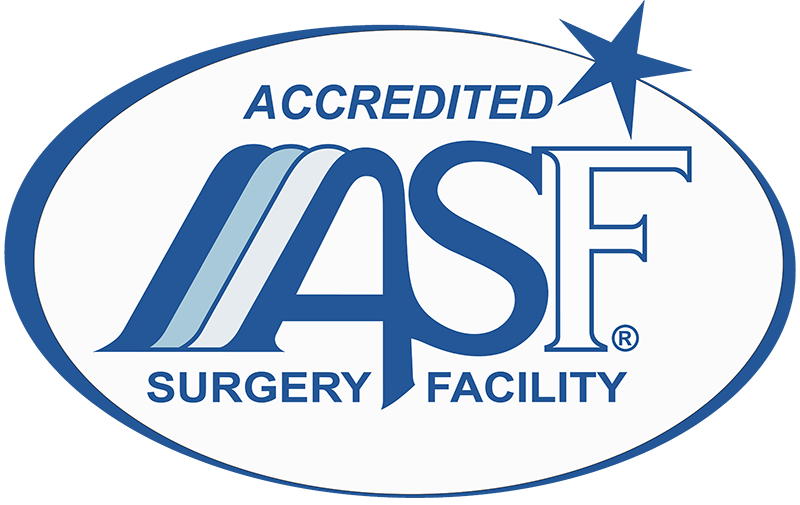Thoracic Outlet Syndrome
A group of conditions that result from compression of the nerves or blood vessels that serve your arms. Usually affects otherwise healthy, young and active people.
TREATABLE, USUALLY NO LONG-TERM EFFECTS
Once treated, ideally by combining medical treatment with physical therapy, you should be able to return to an active lifestyle.
Diagnosis
SEE A VASCULAR SURGEON IF YOU HAVE ANY OF THE SYMPTOMS ABOVE
You will be asked questions about symptoms and medical history, including questions about family members. The vascular surgeon will also perform a physical exam.
TESTS MAY BE RECOMMENDED
Several type of tests are used to detect thoracic outlet syndrome and determine how to treat it:
To confirm the diagnosis of thoracic outlet syndrome, your doctor may order one or more of the following tests:
● X-ray. which may reveal an extra rib (cervical rib).
● Ultrasound. Can identify a vascular thoracic outlet syndrome or other vascular problems.
● Computerized tomography (CT) scan. may identify the location and cause of blood vessel (vascular) compression.
● Magnetic resonance imaging (MRI). to determine the location and cause of blood vessel (vascular) compression. An MRI may reveal congenital anomalies, such as a fibrous band connecting your spine to your rib or a cervical rib, which may be the cause of your symptoms.
● Arteriography and venography. In these tests, your doctor inserts a thin, flexible tube (catheter) through a small incision, usually in your groin. The catheter is moved through your major arteries in arteriography, or through your veins in venography, to the affected blood vessels. Then your doctor injects a dye through the catheter to show X-ray images of your arteries or veins.
Doctors can check to see if you have a compressed vein or artery. If a vein or artery has a clot, doctors can deliver medications through the catheter to dissolve the clot.
● Electromyography (EMG). to evaluates the electrical activity of your muscles when they contract and when they’re at rest.
● Nerve conduction study. to test and measure your nerves’ ability to send impulses to muscles in different areas of your body. This test can determine if you have nerve damage.
● Stress maneuver testing—placing the arm or head in certain positions—may be done with any of the above tests.
○ An anesthetic block injection can temporarily improve symptoms and aid diagnosis.
Treatments
Best results come from a combination of medical treatment and physical therapy. Specifics will vary depending on the source of the condition.
NERVE-RELATED
Specialized physical therapy and injections to relieve muscle spasm may resolve your symptoms.
If symptoms are severe and persist and you are a good candidate for surgery, a procedure called thoracic outlet decompression is the next step.
If surgery is not suitable for you or does not relieve your symptoms, you will want to consider ongoing medication to manage pain.
ARTERY-RELATED
If arterial compression is diagnosed, a surgery called thoracic outlet decompression is the next step. Depending on the damage to the artery, an arterial bypass may be part of this surgery.
VEIN-RELATED
If arm swelling or a blood clot in the vein is due to thoracic outlet compression, thoracic outlet decompression is the next step.
If there is a clot in the vein, you may be directed to have thrombolytic therapy.
You may also benefit from some type of vein reconstruction: angioplasty, patch angioplasty, or venous bypass.
Symptoms
● Neurogenic (neurological) thoracic outlet syndrome. This form of thoracic outlet syndrome is characterized by compression of the brachial plexus.
● Vascular thoracic outlet syndrome. This type of thoracic outlet syndrome occurs when one or more of the veins (venous thoracic outlet syndrome) or arteries (arterial thoracic outlet syndrome) under the collarbone (clavicle) are compressed.
● Nonspecific-type thoracic outlet syndrome. This type is also called disputed thoracic outlet syndrome. People with nonspecific-type thoracic outlet syndrome have chronic pain in the area of the thoracic outlet that worsens with activity, but a specific cause of the pain can’t be determined.
Thoracic outlet syndrome symptoms can vary, depending on which structures are compressed. When nerves are compressed, signs and symptoms of neurological thoracic outlet syndrome include:
● Muscle wasting in the fleshy base of your thumb (Gilliatt-Sumner hand)
● Numbness or tingling in your arm or fingers
● Pain or aches in your neck, shoulder or hand
● Weakening grip
Signs and symptoms of vascular thoracic outlet syndrome can include:
● Discoloration of your hand (bluish color)
● Arm pain and swelling, possibly due to blood clots
● Blood clot in veins or arteries in the upper area of your body
● Lack of color (pallor) in one or more of your fingers or your entire hand
● Weak or no pulse in the affected arm
● Cold fingers, hands or arms
● Arm fatigue with activity
● Numbness or tingling in your fingers
● Weakness of arm or neck
● Throbbing lump near your collarbone
Causes
Compression of nerves, the subclavian artery or subclavian vein on the side of the throat or upper chest
Injury to the artery due to an abnormality in a neck rib or other bony irritation
Injury or compression of the vein. This could lead to a progressive narrowing of the vessel and eventual clot formation.
Staying Healthy
Maintain a healthy diet and lifestyle, including physical activity.


